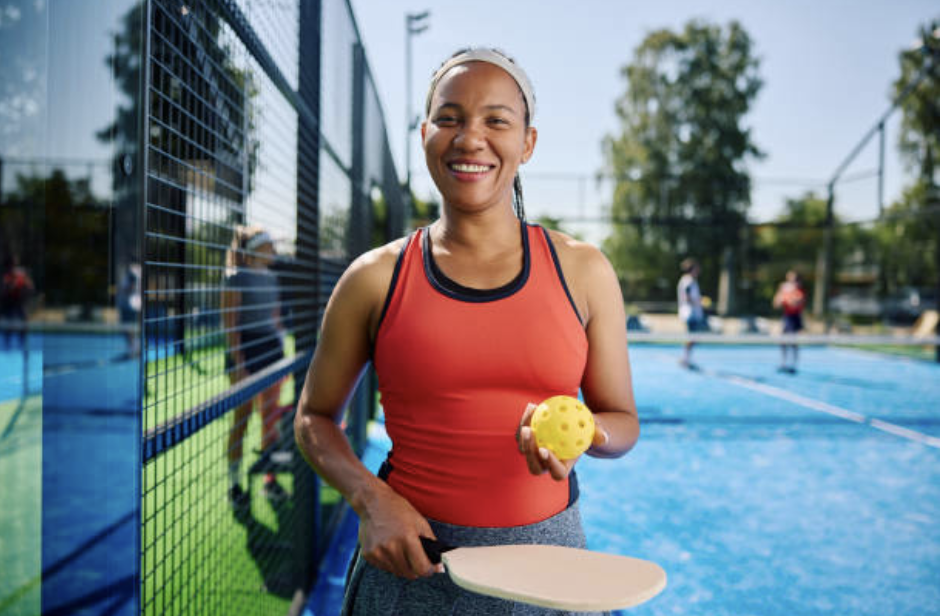Osteopathy for Tennis & Pickleball Players: Prevent Injuries, Play Pain-Free
by Luke Dunmore
Nov 2025
From Tennis Elbow to Pickle Elbow: How Osteopathy Keeps Players in the Game
With the warmer months and longer days, more of our community are hitting the courts — whether it’s a social hit of tennis at Willoughby Park or a new obsession with Pickleball on Sydney’s North Shore. Both sports are fantastic for fitness, coordination and fun — but they also place unique demands on your body, especially through the shoulders, elbows, hips and back.
At The Body Project, our osteopaths (including Luke Dunmore, Structural Osteopath and Sports Rehabilitation specialist) see a growing number of players managing racquet-sport-related pain. Luke’s insight into injury treatment, management and prevention has been especially valuable for clients discovering Pickleball, which continues to explode in popularity across the region.
Common Injuries in Racquet Sports
Repetitive serves, lunges, and quick directional changes can lead to overload or imbalance. We often see tennis or Pickleball elbow (lateral epicondylitis) – irritation from gripping and repetitive strokes; shoulder pain from rotator-cuff or postural overload; wrist and forearm tension from fast volleys and short-court strokes; lower-back and hip tightness due to rotation and stop-start movement; and knee strain from quick side-to-side changes.
And let’s be honest — with the rate that Pickleball is growing, they might have to change the name from “Tennis Elbow” to “Pickle Elbow.” While it’s a light-hearted joke, it reflects a real trend. Those small, fast, repetitive motions that make Pickleball so addictive can also overload the forearm tendons. The good news is that early osteopathic treatment and load management can make a big difference in recovery and prevention.
How Osteopathy Can Help
Osteopathic care looks at how your body’s structure and movement work together. Treatment aims to restore balance and support recovery by reducing muscle tension and joint restriction, improving mobility through soft-tissue release and gentle articulation, enhancing rotation, flexibility and balance for smoother serves and strokes, using exercise-based rehab to build endurance and prevent recurrence, and supporting recovery with dry needling and medical acupuncture.
Luke’s background in sports rehabilitation and long-distance running gives him a detailed understanding of movement mechanics — helping players improve performance while staying pain-free.
Why Prevention Matters
Both tennis and Pickleball are wonderfully addictive — but sudden increases in play time or intensity can lead to overuse injuries. A pre-season osteopathic assessment can identify tightness, asymmetry or poor movement patterns before they cause problems.
For newer Pickleball players especially, improving shoulder mobility, grip strength and core stability can go a long way in preventing “Pickle Elbow” and other racquet-related niggles.
Play Better. Recover Faster. Move Freely.
Whether you’re serving at a tennis comp or dinking across the Pickleball net, osteopathy can help you recover, rebalance and perform with confidence.
Book with Luke Dunmore at The Body Project Chatswood to learn how structural osteopathy and sports rehabilitation can support your performance, mobility and long-term joint health.



